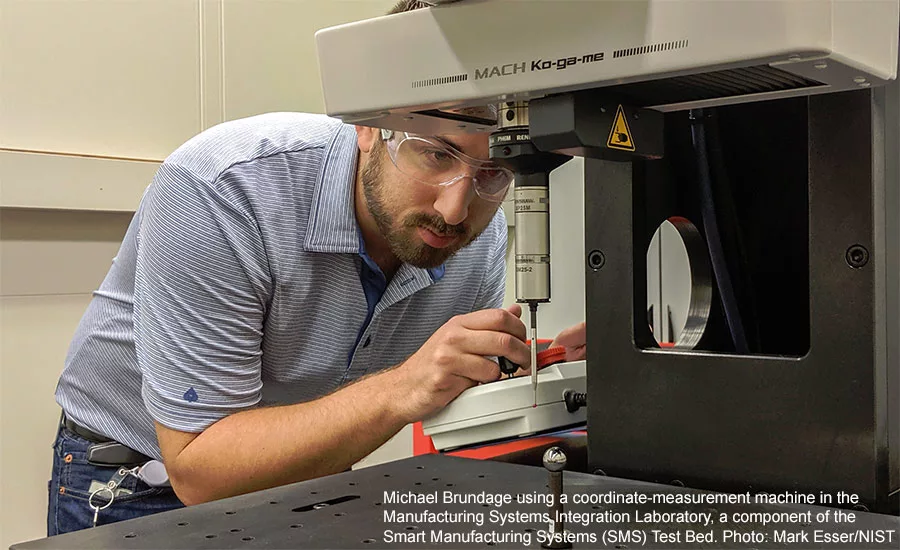Maintenance
Mangled, cryptic English creates maintenance headaches
While some companies would like to throw smart sensors at maintenance problems, making maintenance more efficient relies on humans to communicate effectively

While not all processors have machine shops with CNCs in their plants, most food and beverage plants do have process and packaging equipment that would benefit from smarter maintenance.
A recent blog posted by Michael Brundage from the National Institute of Standards and Technology (NIST) demonstrates different failure modes of CNC (computer numerical control) machines where faulty programming yields either a part, fixture or tool break. More interesting is the interpretation of how experts describe the failures, which is anything but consistent.
The point of the blog is to show how breakdowns are often poorly communicated to the maintenance department, creating wasted time spent in locating the source of an equipment failure and not having the right tools on hand to fix the problem described in the maintenance work order (MWO). If you’ve ever seen MWOs with two- or three-word descriptions of a machine failure, you know the challenge.
While management at some companies may think that throwing more sensors at the process can make maintenance smarter, technology is not always the solution. In fact, the issue is often caused by poor communication by humans.
The NIST article points out that terse problem descriptions (such as “doesn’t start,” “makes noise,” etc.) keep a maintenance tech guessing, for example, what is the issue reported? What problem is it creating? What tools are needed to fix the machine?
A MWO where the problem is described as a cryptic “hyd leak” or “hydraulics were leaking” may only result in a maintenance person taking an action such as “clean base,” “base clean” or “cleaned base” without having fixed the actual problem causing a hydraulic leak. Does a manager know what was done to the machine if these are the descriptive words used for the problem and fix on the MWO?
NIST further demonstrates problem fault description variations with a panel of “experts.” NIST played a video showing a CNC where misdirected drilling/cutting tools result in damage to parts or tools. (You get to watch the video, too.) Four CNC experts were asked to describe what they saw in the video and what actions they would take to fix the problem. While the responses were more than two or three words, the description of what went wrong and how to fix it varied considerably among the four individuals. As the blog suggests, imagine how these reports would be written at the end of a shift when the problem was four to seven hours stale in a person’s recollection of the situation. It’s no wonder maintenance techs become quickly frustrated.
The NIST blog goes on to provide some solutions to the communication problems by showing how to work with word descriptions, tokens and tagging. It also provides links to an open-source software application provided by NIST to help organize MWOs—and to a paper entitled, “Where do we start? Guidance for technology implementation in maintenance management for manufacturing.”
To read the NIST article, visit “When a Manufacturer Asks ‘How Do We Get Smart?’”
Looking for a reprint of this article?
From high-res PDFs to custom plaques, order your copy today!






